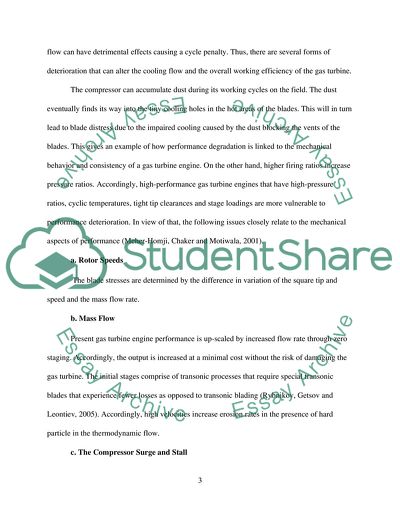Cite this document
(Performance Deterioration of Gas Turbine Engines Research Paper Example | Topics and Well Written Essays - 1500 words, n.d.)
Performance Deterioration of Gas Turbine Engines Research Paper Example | Topics and Well Written Essays - 1500 words. https://studentshare.org/engineering-and-construction/1877982-gas-turbine
Performance Deterioration of Gas Turbine Engines Research Paper Example | Topics and Well Written Essays - 1500 words. https://studentshare.org/engineering-and-construction/1877982-gas-turbine
(Performance Deterioration of Gas Turbine Engines Research Paper Example | Topics and Well Written Essays - 1500 Words)
Performance Deterioration of Gas Turbine Engines Research Paper Example | Topics and Well Written Essays - 1500 Words. https://studentshare.org/engineering-and-construction/1877982-gas-turbine.
Performance Deterioration of Gas Turbine Engines Research Paper Example | Topics and Well Written Essays - 1500 Words. https://studentshare.org/engineering-and-construction/1877982-gas-turbine.
“Performance Deterioration of Gas Turbine Engines Research Paper Example | Topics and Well Written Essays - 1500 Words”. https://studentshare.org/engineering-and-construction/1877982-gas-turbine.


